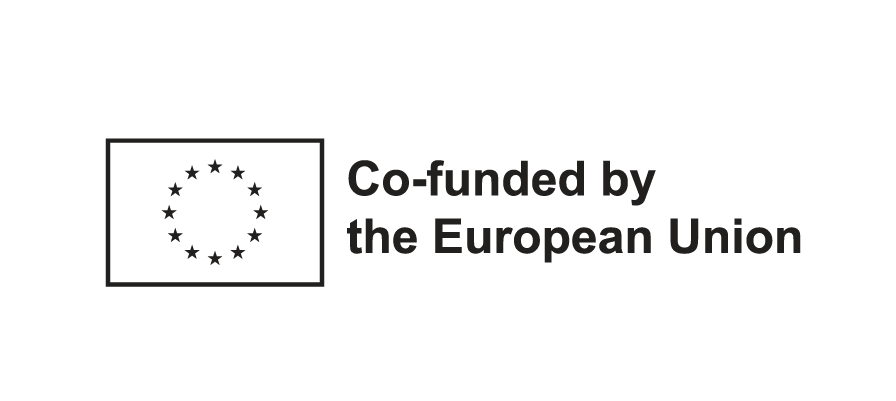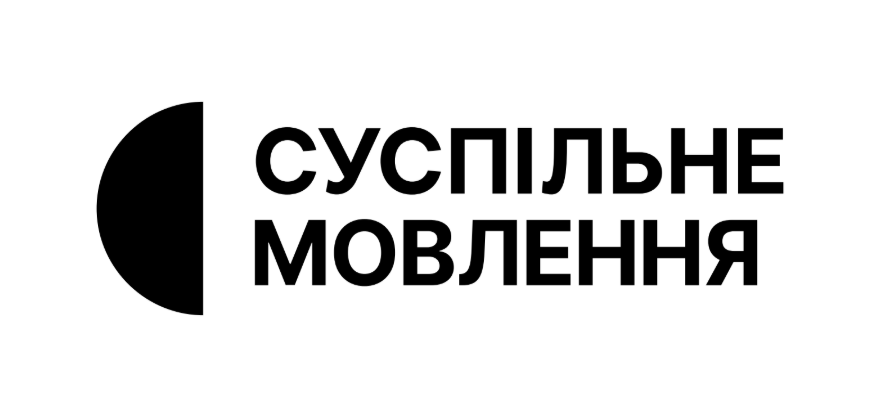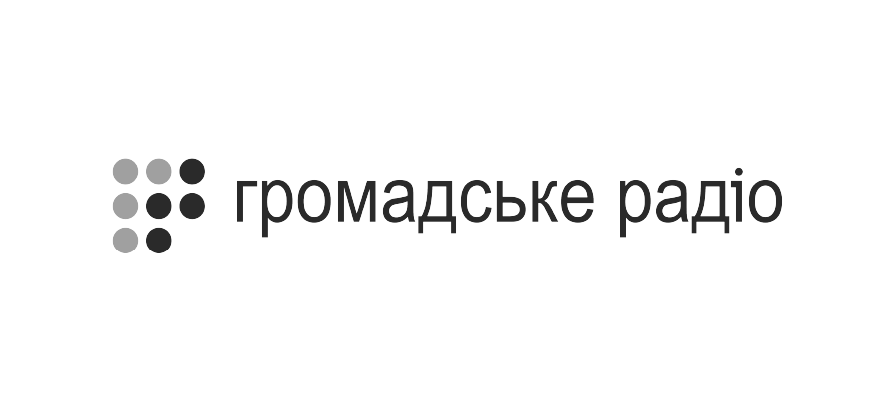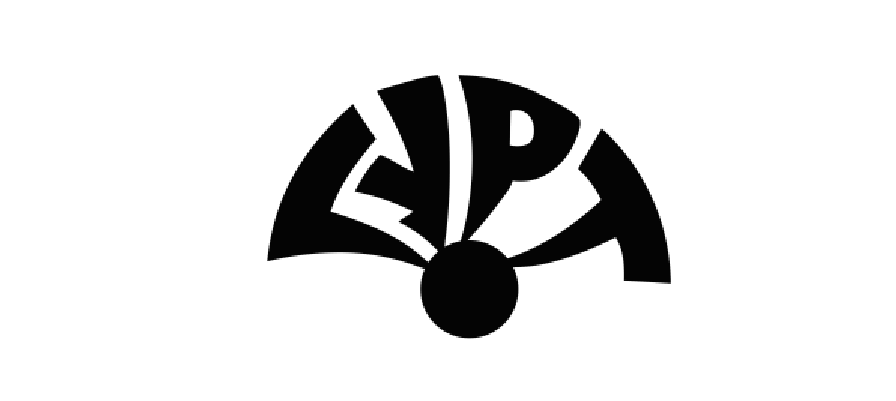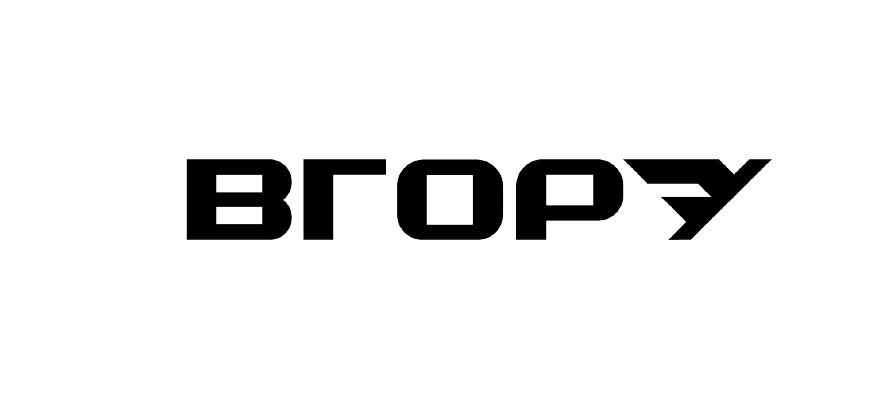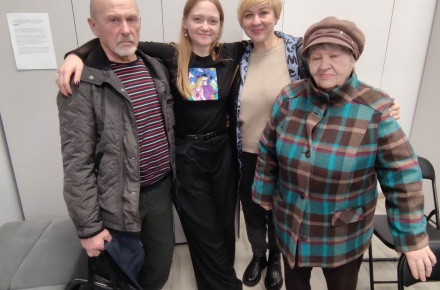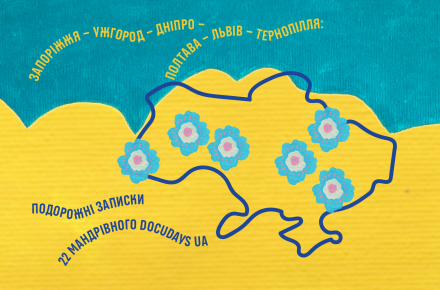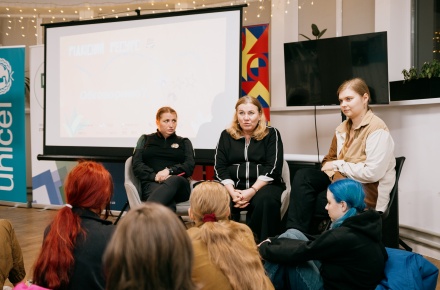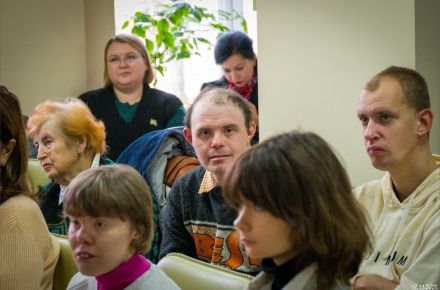Sanatorium as a space of healing: A screening in Kuyalnyk
Sanatorium as a space of healing: A screening in Kuyalnyk
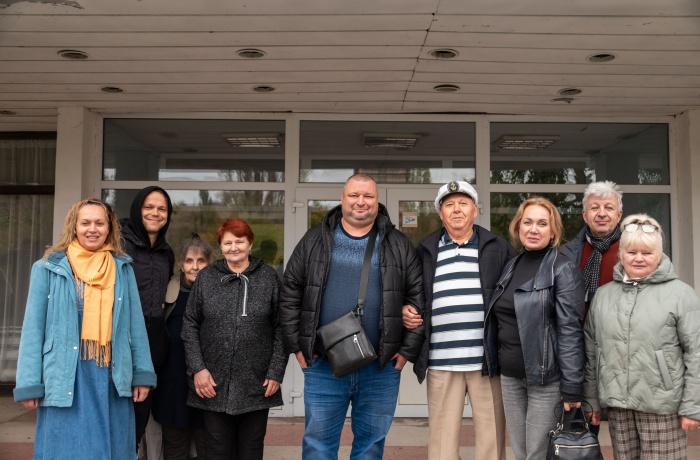
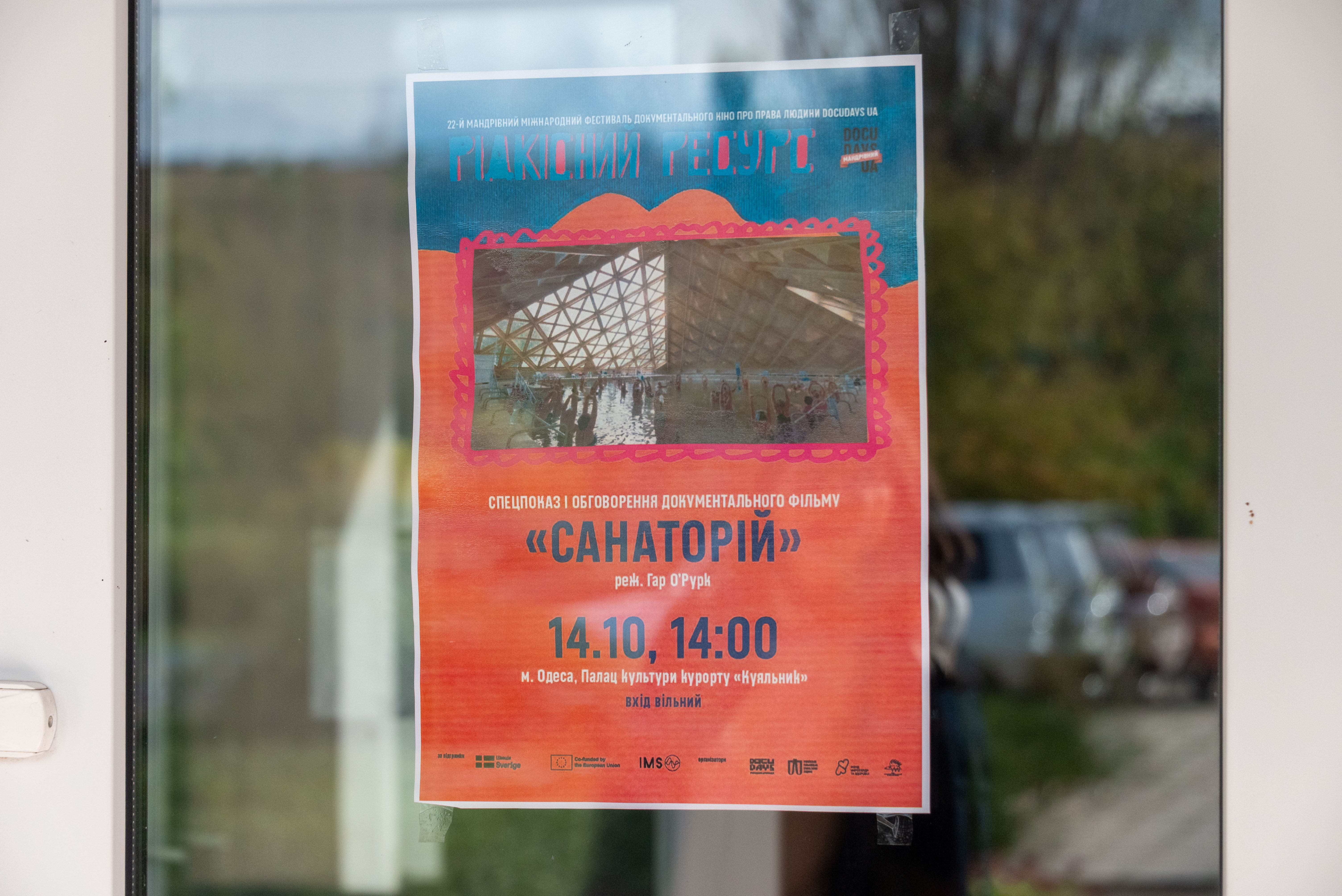
The feature-length documentary debut of Irish director Gar O’Rourke, Sanatorium, which documents the life of a unique health centre on the outskirts of Odesa during the full-scale war, has already travelled half the world, made its mark at several prestigious film festivals, and even become Ireland’s contender for this year’s Oscars.
In Ukraine, the film opened the 22nd Docudays UA International Human Rights Documentary Film Festival in June in Kyiv, and later became part of the Travelling Docudays UA’s programme to visit dozens of towns and villages across the country throughout October and November. As part of the festival in the Odesa Region, on 14 October the film reached the Kuyalnyk resort itself, also known as the Pyrogov Clinical Sanatorium. It warmly welcomed several hundred viewers to its hall: members of the staff (the oldest employee of the institution, now retired, was 94 years old), vacationers, among whom there were familiar faces (such as Mr. Volodymyr, a long-distance sailor who had been living here for the fourth month), as well as those who simply came to the sanatorium to see the film.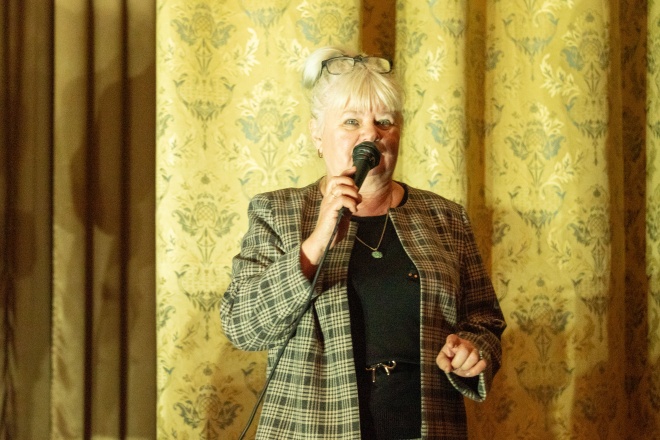
“All this time since the film’s release, whenever I came to work, people kept asking me: when will we all in Kuyalnyk get to see Sanatorium?” says the film’s protagonist and the director of the sanatorium’s Palace of Culture, Olena Kozhemiaka. “We have the Odesa Film Studio, we have the Kyiv one, but it was a man who came here from thousands of kilometres away and stayed only ten days who truly fell in love with our Kuyalnyk and made a film about it. His work is history, memory.”
Ordinary workers and visitors who hold on to their beloved work and the light within them are ready to share and to give. Their images form a kind of portrait of Ukrainian society, one that continues to laugh, love, grieve, dream, and plan for the future amid the sounds of sirens and explosions.
It is no surprise that the screening here felt very warm and cosy: there was much laughter, many memories and stories about what had happened in the sanatorium and in the lives of the film’s protagonists, and a genuine curiosity about the filmmaking process. The film’s casting director and fixer, Serhii Solodko, who was responsible for finding the protagonists and overall communication between the Ukrainian and Irish teams, came for the Q&A discussion: due to the sponsors’ conditions, Gar O’Rourke could not be physically present in Ukraine during the filming, so it was necessary either to work without him or to abandon the idea of making the film altogether.
“The film is so bright and light, just like the atmosphere when you have a vacation at Kuyalnyk, but its making itself was quite difficult. To be honest, I thought it would be a total disaster,” shares Serhii. “Gar wanted an energetic story, like, it’s Kuyalnyk, it’s the war, everyone’s running around, fussing. I said, Gar, this is the south, yes, everyone is working hard, but it’s all a bit relaxed, there’s no drama here. Although in general, thanks to the charisma, candidness, and warmth of the protagonists, we’ve managed to make a rather good movie.”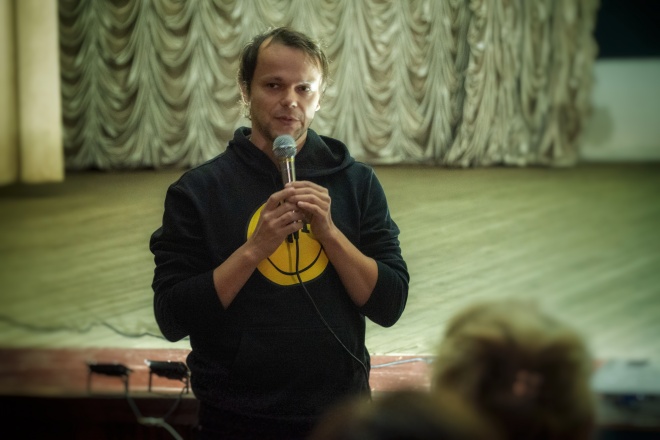
“Our team, these great guys and girls, worked until late at night,” recalls Mrs. Olena. “I must have been the one to leave work last, at about 10 or 11 p.m., but the film crew was still there with the director discussing the tasks for the next day. It was very interesting to watch the process and what came out of it in the end.”
According to Serhii, it all began with a photo of an old swimming pool at Kuyalnyk which Gar saw in an album about the architecture of Soviet sanatoriums. Initially it was supposed to be a film about healing and recovery in the wake of the COVID-19 pandemic, but the full-scale Russian invasion began, and its context became much deeper: today, it’s a story about Ukrainian resilience, a declaration of love for Ukraine and the Ukrainian people.
“Gar knew very little about Docudays UA, but when he came to Kyiv to attend the festival, met the team and his colleagues in person, experienced another bombing, he was very impressed,” he laughs. “Nobody but him was able to come from the Irish team, but we were constantly in touch, and I realized that they were discovering Ukraine through this film. And, of course, none of them expected Ireland to choose the film as its Oscars contender—this is Gar’s first feature, and it has made him famous right away.”
For the director himself, the screening at the sanatorium was an especially touching event. Now he’s working on his second feature-length film about a small village on the Italian coast, so he’s recorded a video message with greetings and gratitude from the Irish team.
“This must be the most special screening of our film, and one of the best places where we could have organised it. I really love this hall. I remember visiting it for the first time five years ago: back then, Olena, the manager of the House of Culture, gave me a tour, showed me everything, and I felt that there were so many stories, memories, special moments here.
I want to sincerely thank everyone for coming to the screening, but most of all the sanatorium staff for completing this journey with us, trusting us, allowing us to film, and giving us access to something very personal. I hope this film will be able to at least partially convey the special feeling I felt at Kuyalnyk, in the place itself, among the staff and the guests who visit this truly unique space.”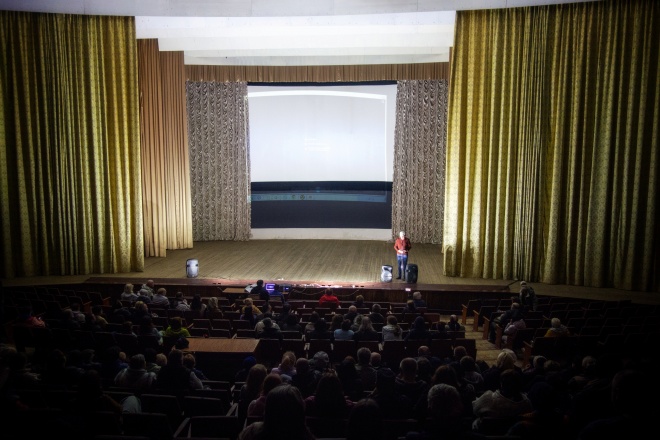
Photo: Natalia Mykhailenko
The event at Kuyalnyk was co-organised and moderated by Oleh Okhredko, the Travelling Festival’s regional coordinator in the Odesa Region. He said the audience was as engaged and as grateful as possible, and it was clear that people really valued an opportunity to talk to people who were directly involved in the film’s creation:
“Even though there was no heating in this huge hall, we talked for over an hour after the screening. People were interested in the story and path of the film itself: how the filming took place, how they managed to find such outstanding protagonists, whether Andrii got married and whether Valeriia managed to get pregnant, whether it was true that Dmytro started swearing less, what was the deal with the Oscars and whether there was going to be a sequel… They asked questions, shared their thoughts, and looked for their own meanings and symbolism in the film.”
Among such symbols is the final scene of the film, where Dmytro, the head of Kuyalnyk, is swimming in the pool. As if to say, no matter how hard things get, we find a way out of any situation — and the whole country, like this sanatorium, always manages to stay afloat.
The 22nd Travelling Docudays UA is held with the financial support of the European Union, the Embassy of Sweden in Ukraine, and International Media Support. The opinions, conclusions or recommendations do not necessarily correspond to the views of the European Union, the governments or charities of these countries. Responsibility for the content of the publication lies solely on its authors.
